Wedding Rings
Guide
Guide
Welcome to our wedding rings guide, the ultimate resource for couples who are searching for the perfect wedding rings for their big day. Wedding rings are a symbol of love and commitment that you will wear for a lifetime, so it's important to choose rings that suit your individual style and budget. In this guide, we will walk you through everything you need to know about choosing the perfect wedding rings, from understanding the different types of metals and gemstones, to selecting the right ring size and style. Whether you're looking for classic and timeless rings or something more unique and modern, Deacons have you covered.
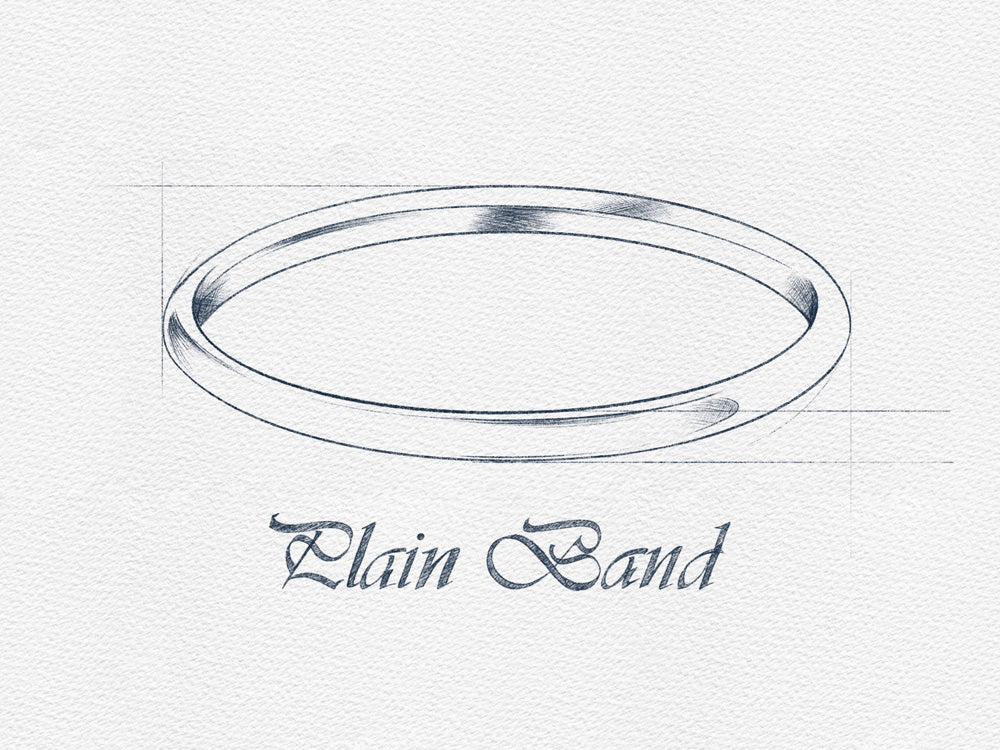
Plain wedding rings are simple and elegant, perfect for couples who appreciate a classic aesthetic. These timeless rings come in a variety of metals, widths, and finishes to suit any taste and budget.
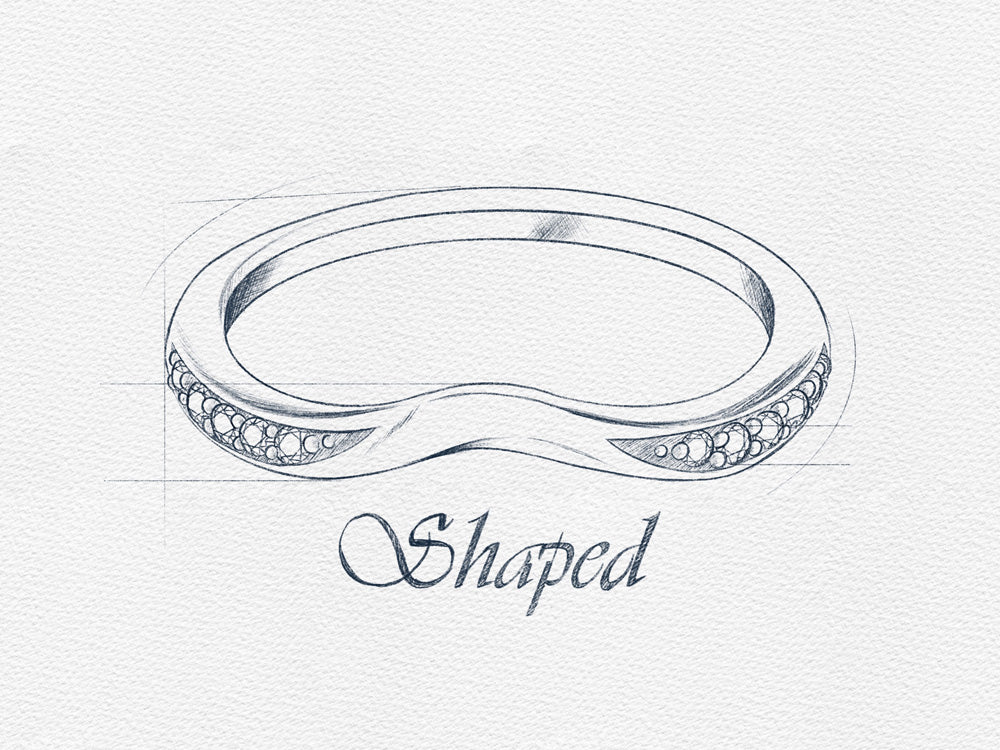
Shaped wedding rings offer a unique twist on traditional wedding bands, with curved or contoured designs that fit perfectly around an engagement ring. These versatile rings can be customised to suit any style.
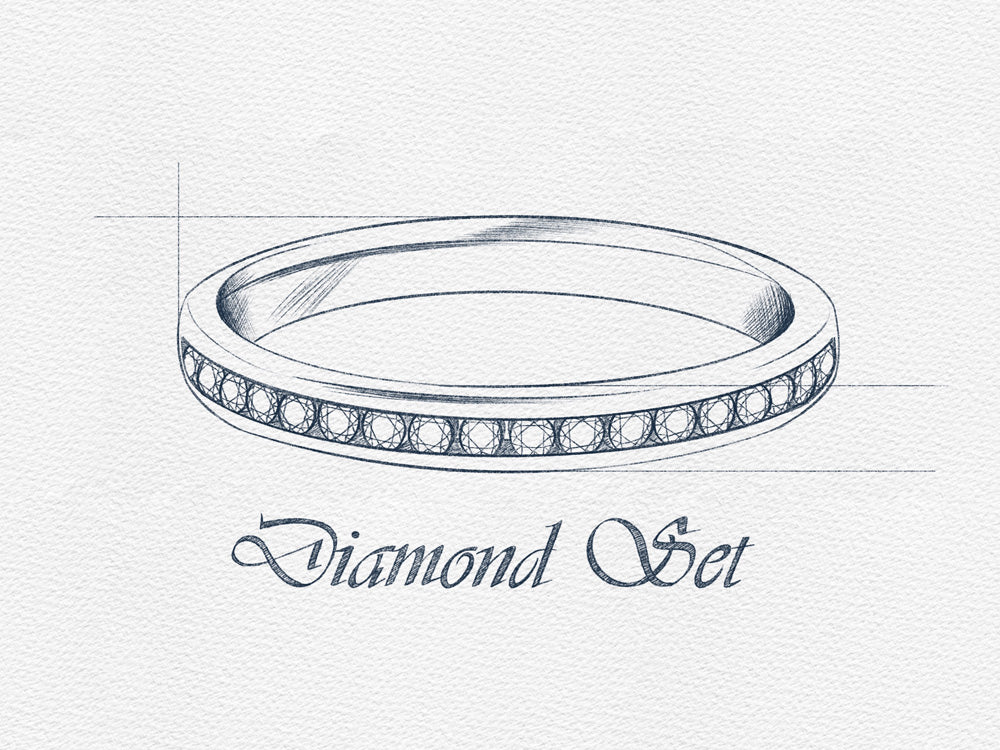
Our diamond set wedding rings come in a range of designs. From classic to contemporary, they feature beautiful diamonds or gemstones set in precious metals for a luxurious finish.
Choosing the right metal for your wedding ring is crucial, as it can affect the ring's durability, colour, and overall style. Popular options include traditional yellow gold, contemporary platinum and white gold, or the more modern rose gold. Each has its own unique characteristics. Consider your lifestyle, skin tone, and personal preference when selecting the metal for your wedding ring. It is usual for the metal colour to match the engagement ring.
The most popular precious metal choice for wedding rings include:
Choosing a wedding ring profile is an important decision that can impact the comfort and style of your ring. From classic court profiles to modern flat or D-shaped designs, there are many options to choose from. Consider your personal style and comfort when making your selection. Like metal colour, it is usual for the profile to match the engagement ring.
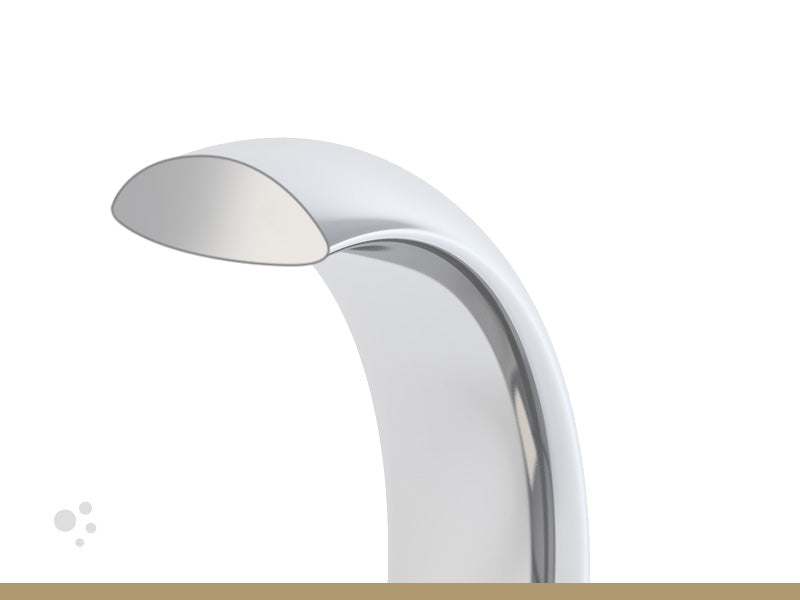
A D-court profile wedding ring features a rounded outer surface and a curved inner surface, providing a comfortable fit and a traditional look.
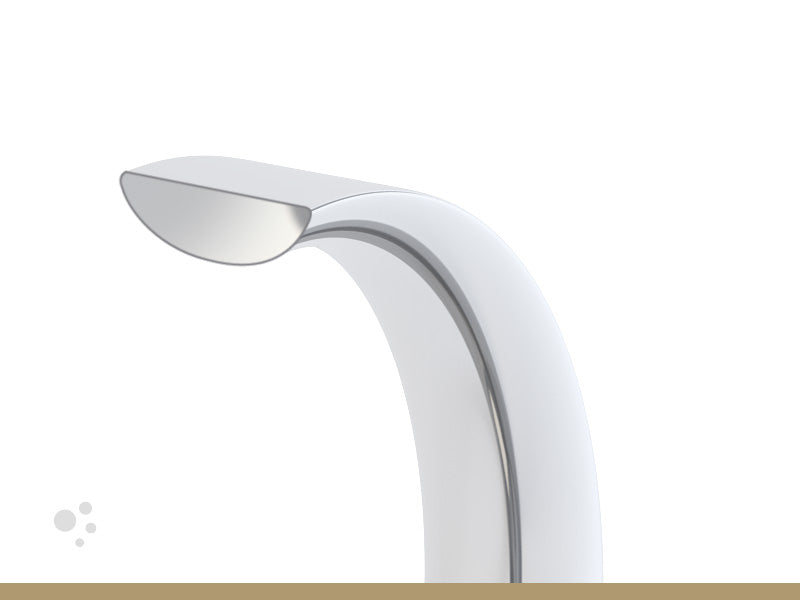
A flat court profile wedding ring features a flat outer surface and a rounded inner surface, creating a contemporary yet comfortable design.
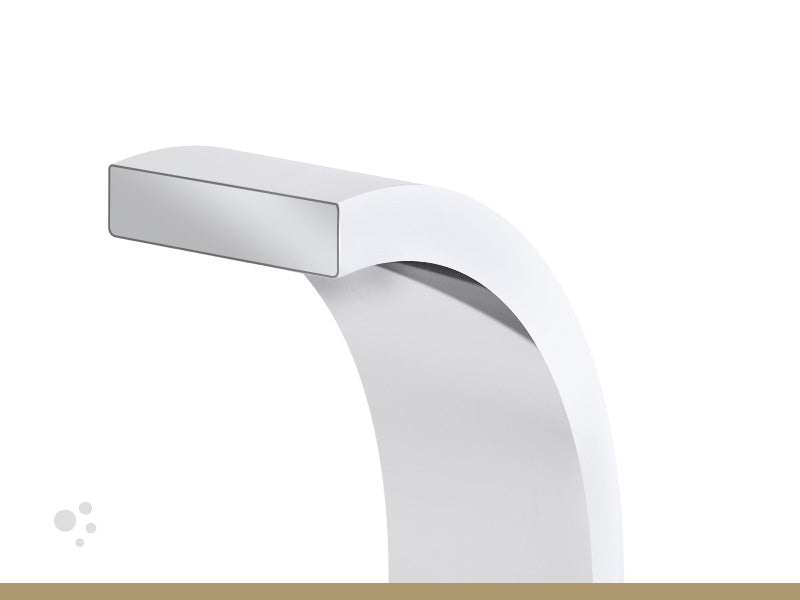
A flat profile wedding ring features a flat outer surface and edges, providing a minimalistic and modern design.
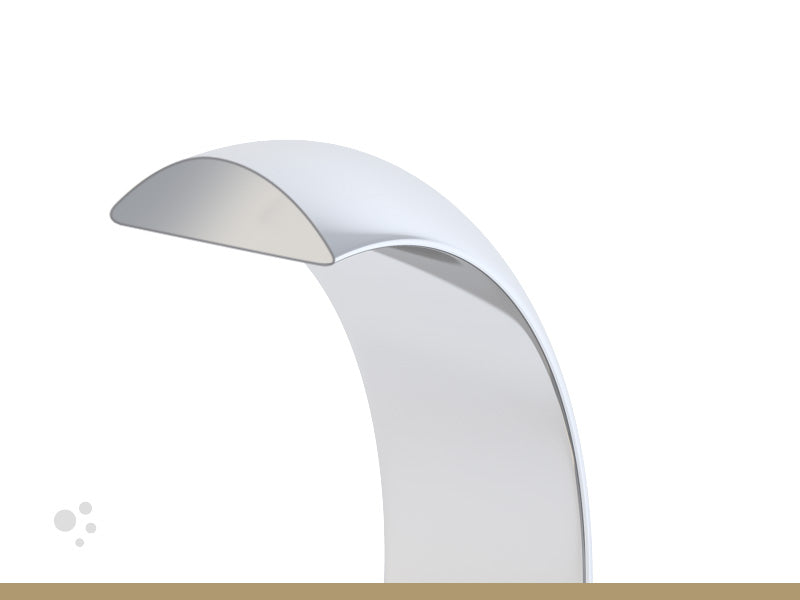
A D shape profile wedding ring features a flat inner surface and a curved outer surface, giving a comfortable fit and a classic, elegant look.
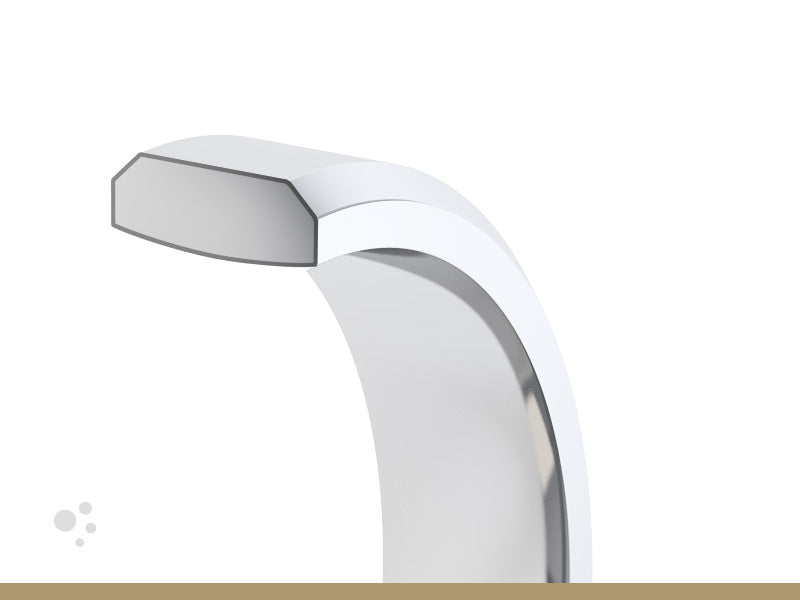
A bevelled profile wedding ring features angled edges that slope down to the center of the ring, creating a modern and stylish design.
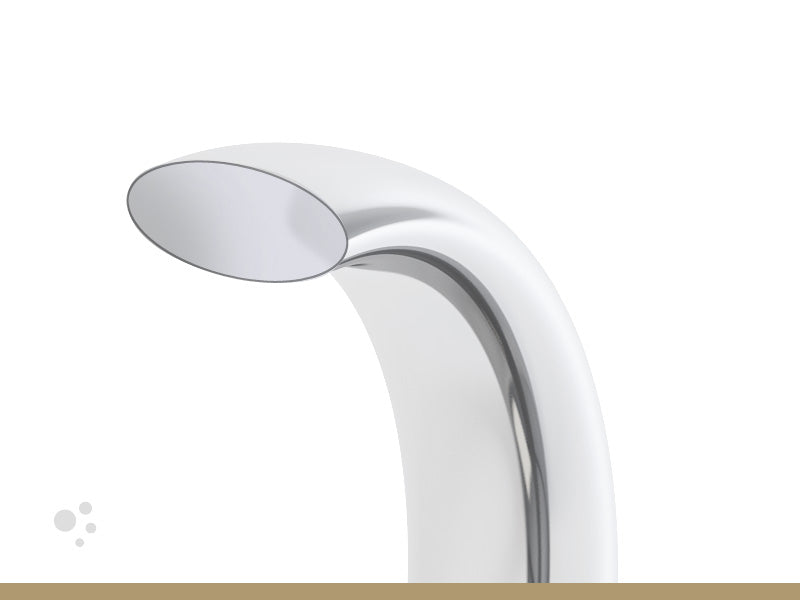
A full court profile wedding ring features a rounded outer surface and a curved inner surface, offering maximum comfort and a classic, traditional look.

Choose Your Width
Wedding ring widths range from slim and delicate to bold and substantial, allowing you to choose a ring that complements your personal style and finger size. The width of your wedding ring impacts its overall look and presence, so it's important to consider your preferences and comfort level when making your selection.
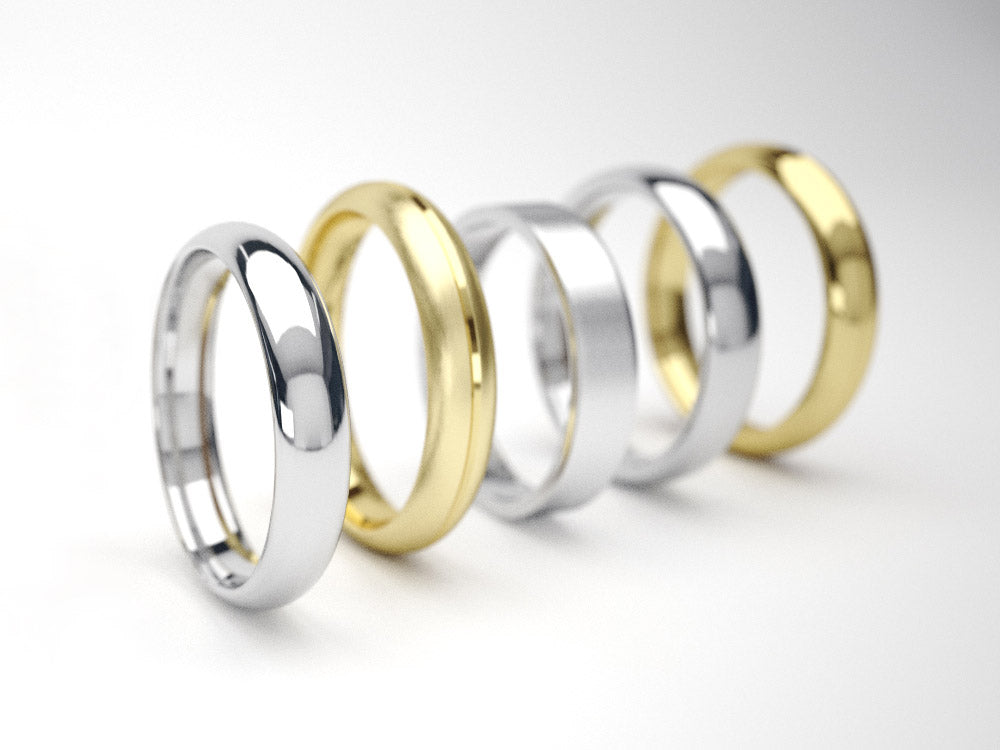
Finishing touches can add a complimentary look to your wedding ring design including surface patterns such as brushed and matte finishes.
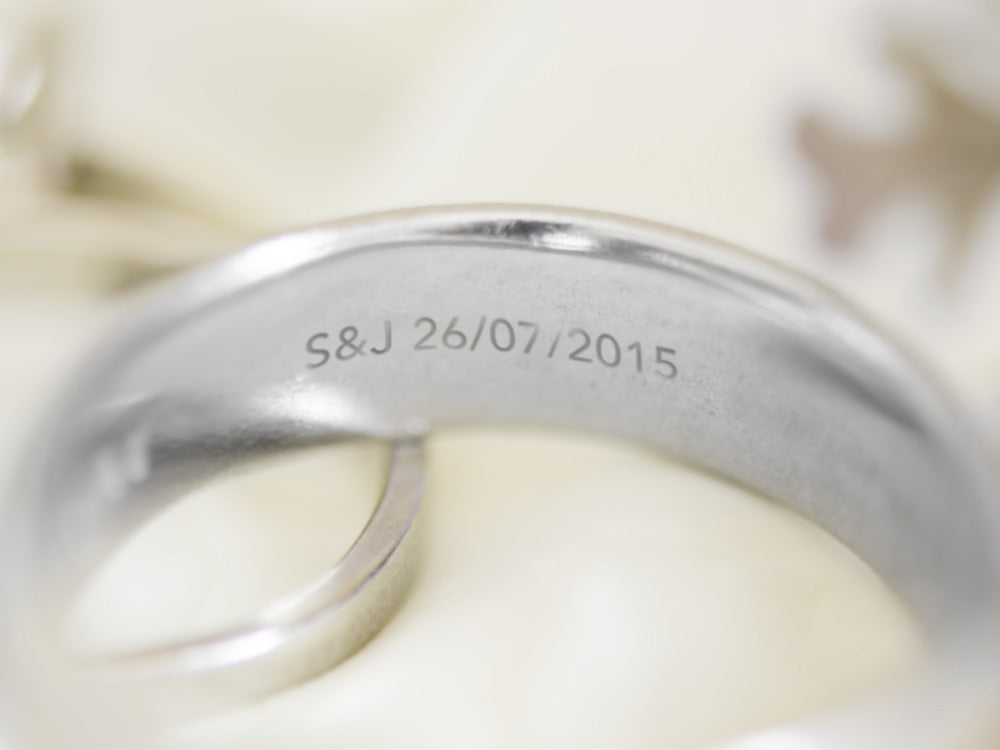
Some designs are perfect for adding an engraved message, date, name or place to make it extra special and sentimental.
Wedding Ring FAQs
In this FAQ guide, we'll answer some of the most common questions about wedding rings and help you to make an informed decision.
An wedding ring should fit tightly so that it stays in place but not too snug that it reduces circulation. It should slide onto the finger with ease while still having a slight resistance as it passes over the knuckle to ensure a correct fit.
Engagement rings are commonly worn on the left hand in the UK however other countries such as India, Germany, and Norway wear them on the right hand.
Wearing an engagement ring and wedding ring on the fourth finger of the left hand comes from a tradition tracing back to the Ancient Romans. They believed that there was a vein running from this finger directly to the heart which they called the 'vein of love'. This was thought to allow your partner to be closer to your heart and make your love and commitment last longer.
Matching the metal of your wedding ring with your engagement ring is a matter of personal preference, but it's not necessary. You can choose a different metal for your wedding ring that complements your engagement ring, or mix and match different metals for a unique look. 18ct Rose or Yellow Gold can have a slightly different colour to 9ct Rose or Yellow though. It's worth a trip to our store in Swindon to have a look at our current samples to see what looks best with your engagement ring.
Wedding rings can be corrected after purchase if it doesn't fit. Rings can be re-sized for many reasons such as for changes in the size of the finger over-time or when buying the ring as a surprise and you make an incorrect guess.
Downsizing a ring involves cutting part of the ring out and re-shaping it into a perfect circle whereas, upsizing a ring involves stretching the band of the ring out so it will fit your finger. However, this will thin the band out and a jewellers will be able to advise you on other options if either of these aren't possible.